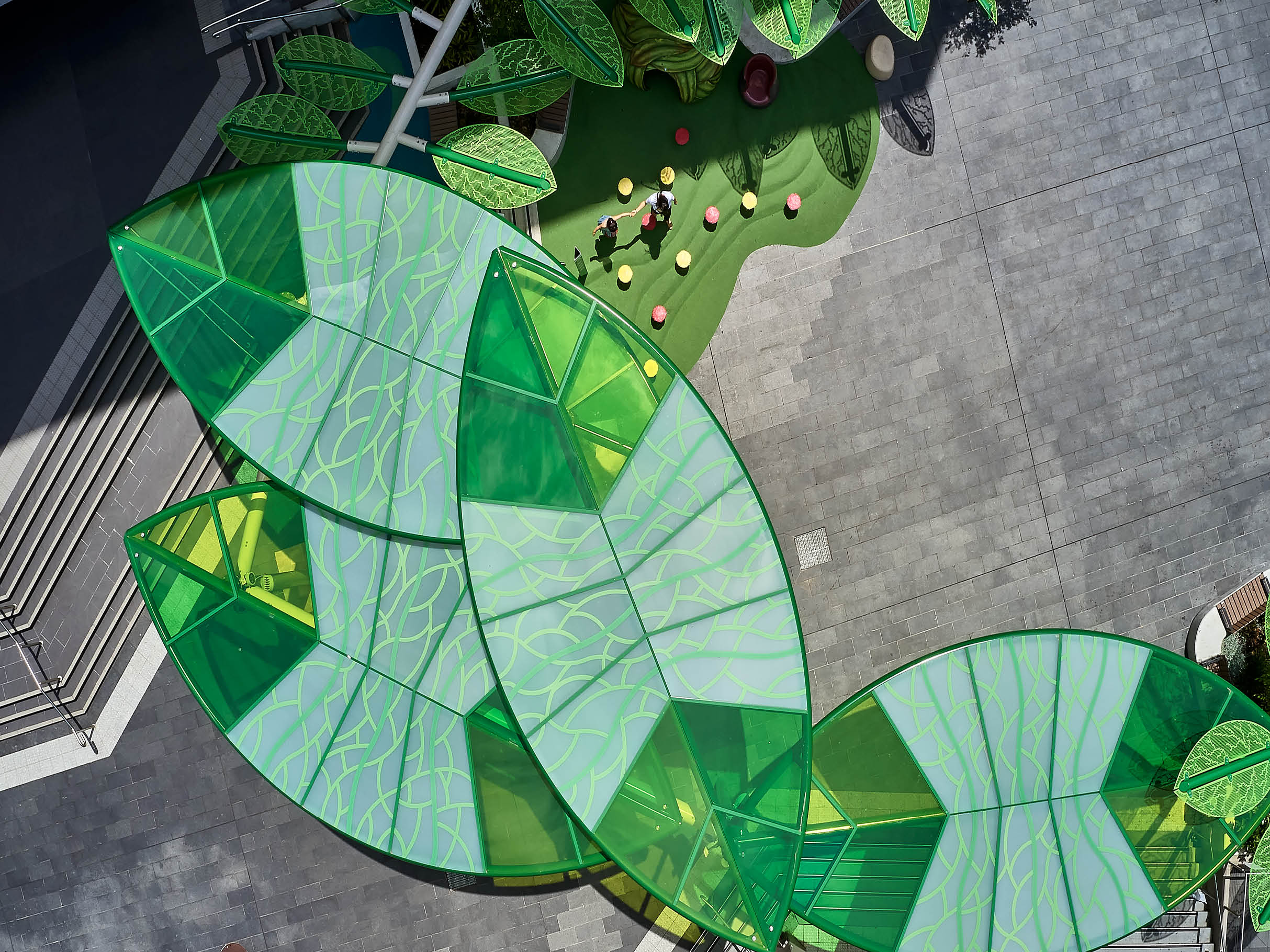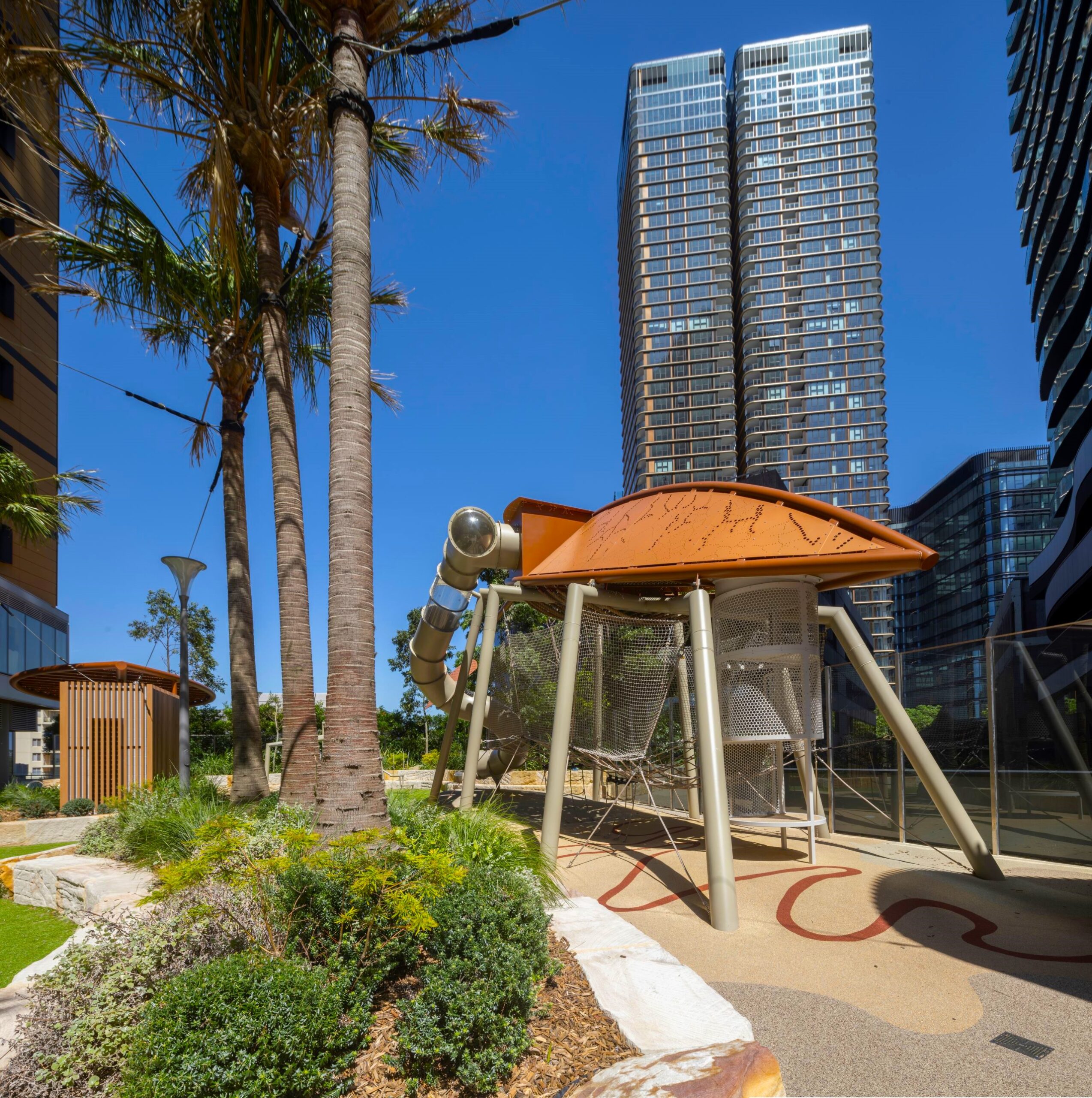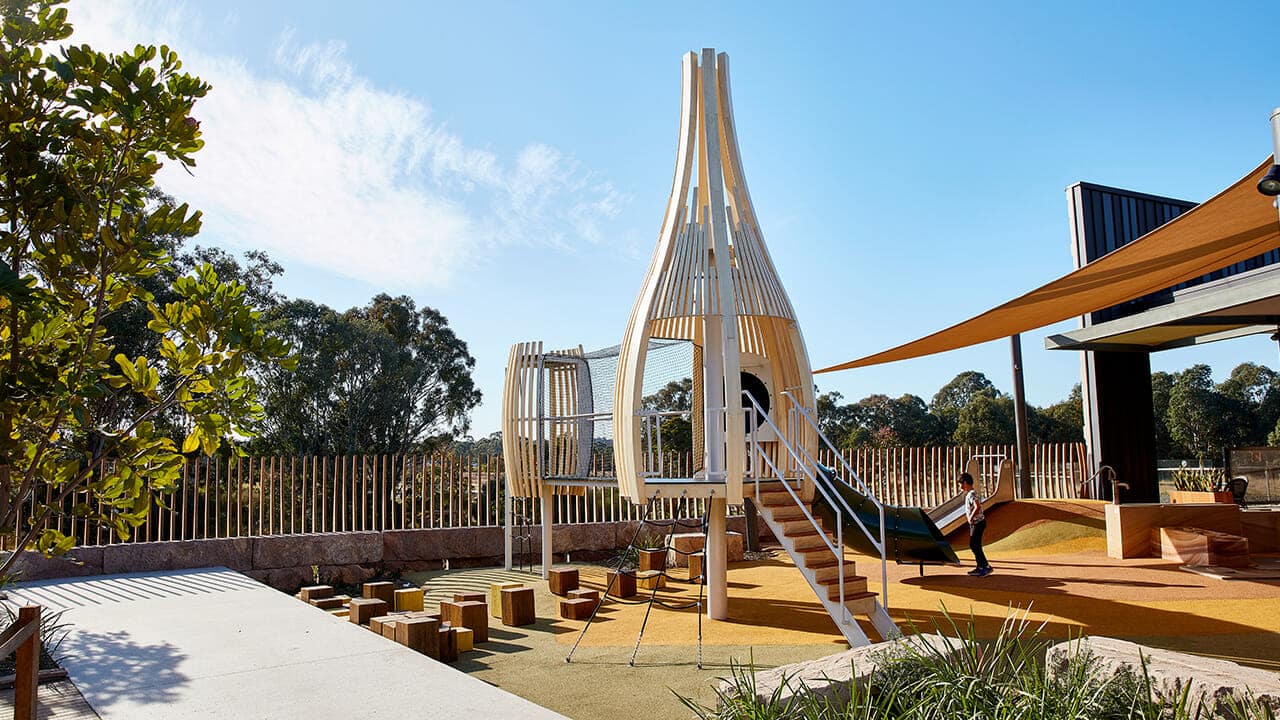-
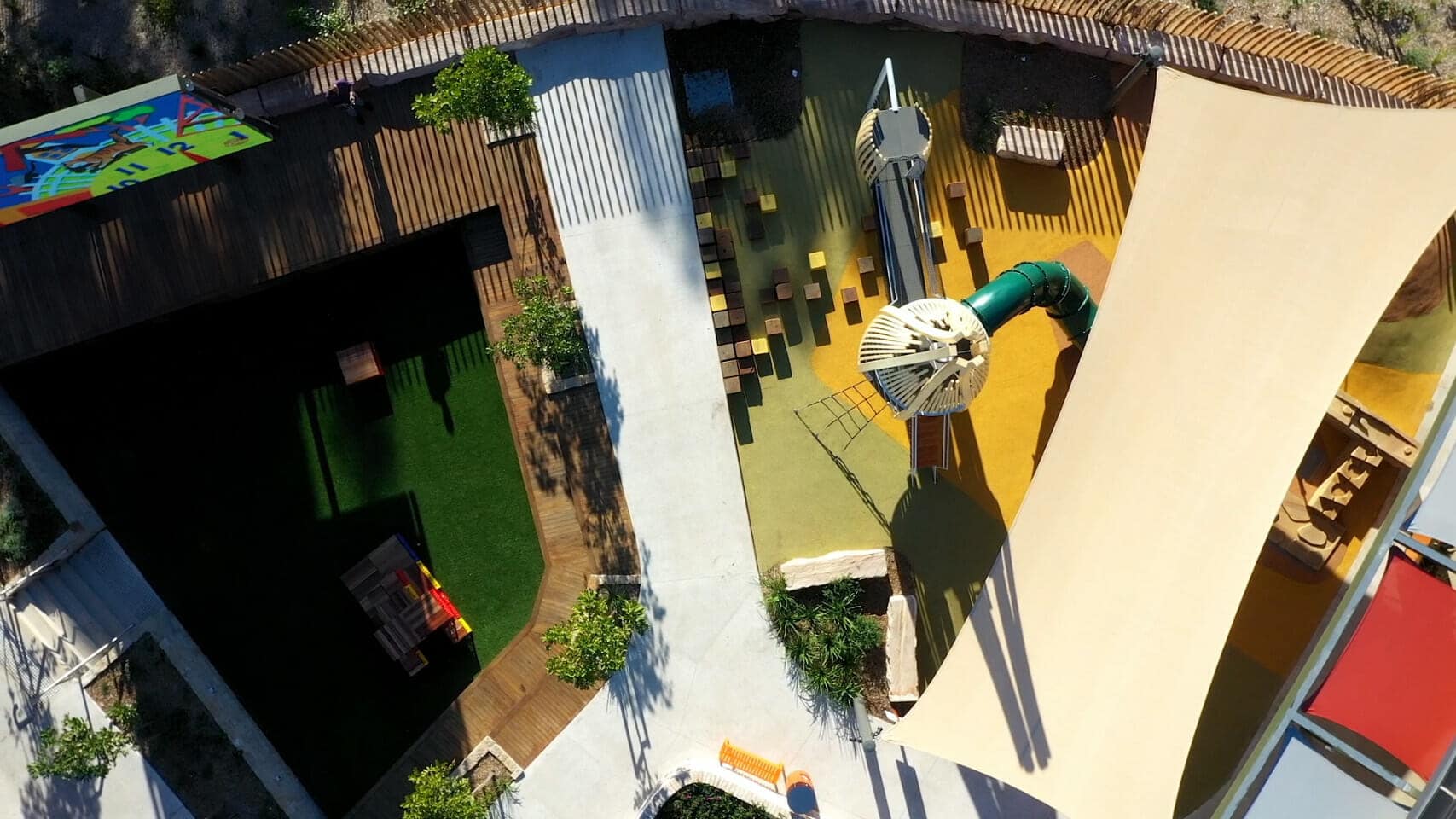
-
Industrial design’s contribution to placemaking
Industrial design has always been a fundamentally human-centred discipline. So it’s no surprise that industrial designers are playing an increasing role as part of multi-disciplinary placemaking teams, responding to complex urban design briefs.
-
Walk around your suburb, and the human impact of industrial design is everywhere. It feels natural because, at its heart, industrial design is entirely empathetic to the user, context and surroundings. From the inclusive and inviting playground that encourages a sense of community to the public art that adds to your suburb’s cultural heritage — elements of industrial design help create a sense of community and belonging because, like placemaking, they put people first.
-
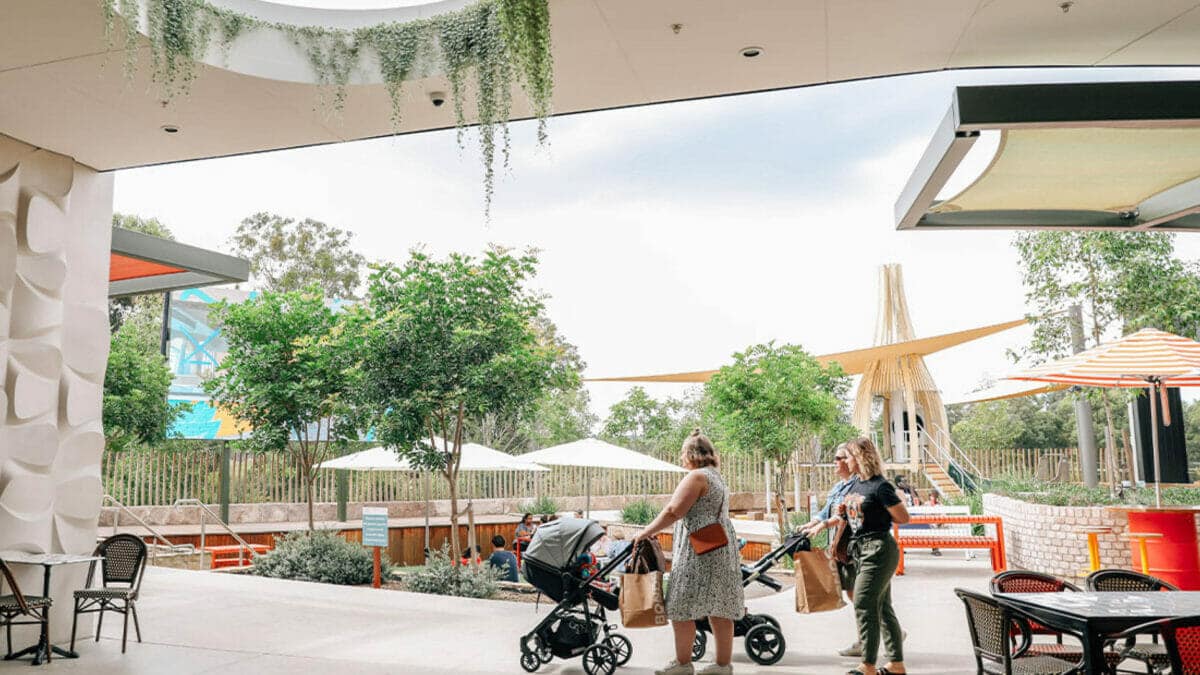
-
The role of industrial design in placemaking
Over the decades, placemaking in urban design has shifted from theory to desirable to arguably essential today. “Placemaking puts people first by asking the community the right questions and giving them a voice,” says Amy Nadaskay, Managing Director of Monogram, a company with a decade of experience in uniting multi-disciplinary teams under a distinctive placemaking vision.
“At a macro level, placemaking focuses on sustaining the community’s safety, connection, environment and culture while ensuring seamless access to healthcare, education and transport. Collaborating with industrial designers that specialise in the built environment enables placemaking teams to push creative boundaries at a micro level, deepening the connection between people and place by creating value for them and sustaining the way they live every day.”
Architect Jan Gehl, recognised as a Placemaking Hero, once said, “A good city is like a good party — people stay longer than really necessary because they are enjoying themselves.” By collaborating with industrial designers, placemaking teams can expand their vision and opportunities to help people stay longer and enjoy themselves every day.
Creating connections and a sense of place
Whether a structure is temporary or permanent, industrial designers enable developers, architects, landscape architects and artists to bring their creative visions to life. From sunshades and public art to playgrounds and exercise equipment, they provide the expertise to look across a suite of human interactions and their associate products, creating connections and stories between them using visual language.
“Industrial designers have the prowess to select materials and forms which respond to the human scale and senses while ensuring they are appropriate in a particular built environment,” says Elizabeth Lewis of Tilt Industrial Design.
“As independent thinkers, we give placemaking teams greater scope to explore unique ideas. We’re not tied to any material, manufacturer or product, and we can create site-specific responses using small-batch manufacturing and innovative technologies such as 3D printing. Every project begins with a detailed design feasibility study that considers manufacturing and material possibilities while maintaining original intent. From here, we develop the concept, considering the context and human experience, using a combination of 3D CAD modelling, prototypes and engineering reviews.
“Importantly, industrial designers have immense knowledge of how things work and the required infrastructure that sits behind the scene such as site integration below the ground and services such as electrical cabinets and control boxes,” continues Lewis. “By looking at effective and efficient ways to package this infrastructure, we can maintain the creative vision and respond to the broader placemaking strategy while considering ongoing practicalities such as maintenance and repair.”
-
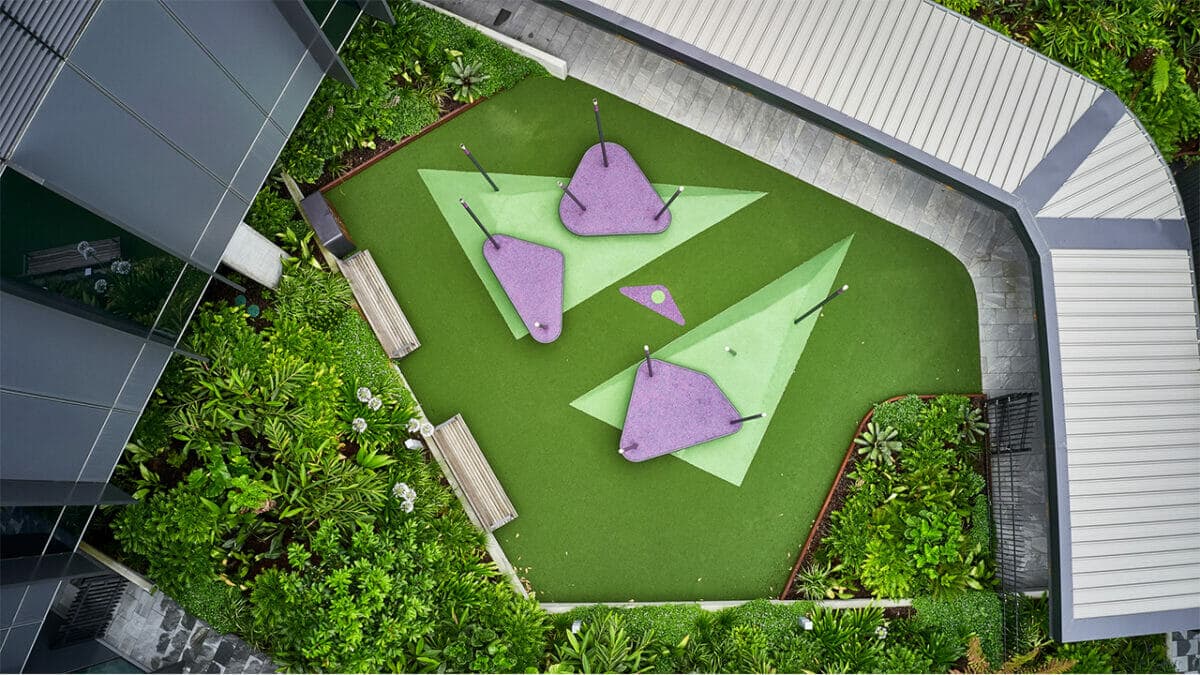
Public spaces in high-traffic areas can be critical in turning a collection of shops into a gathering place for the local community.
-
Related projects
-
Latest news and insights
-
Enquiries
New business — studio@tilt-industrialdesign.com
Careers — studio@tilt-industrialdesign.com
Press & media — marketing@tilt-industrialdesign.com
We acknowledge the Traditional Owners of Country throughout Australia and their continuing connection to land, waters and community. We celebrate the value and diversity of First Nations art forms, cultures and languages, and their ongoing significance today. We pay respect to Elders past and present.
